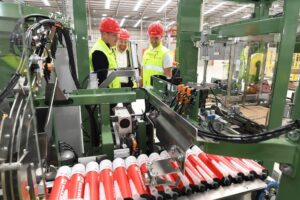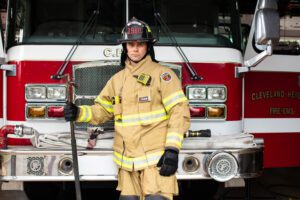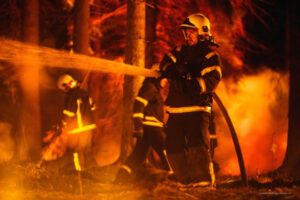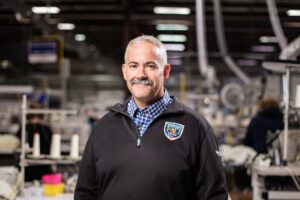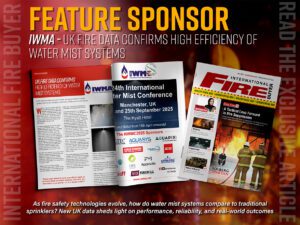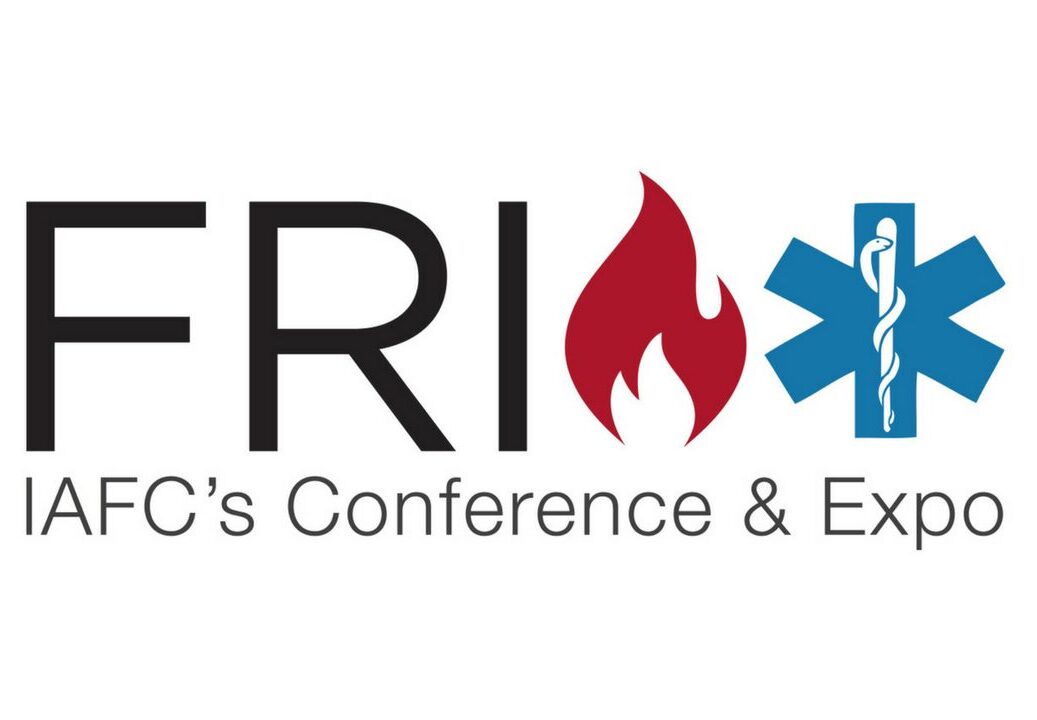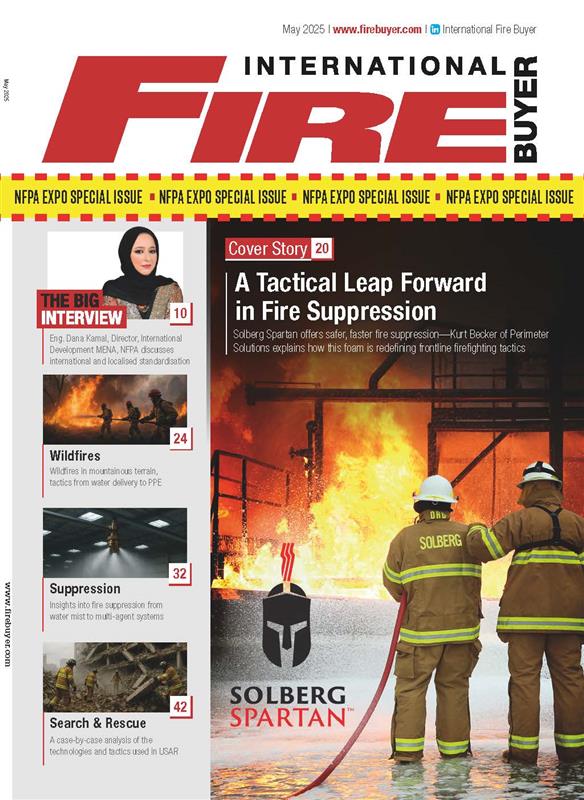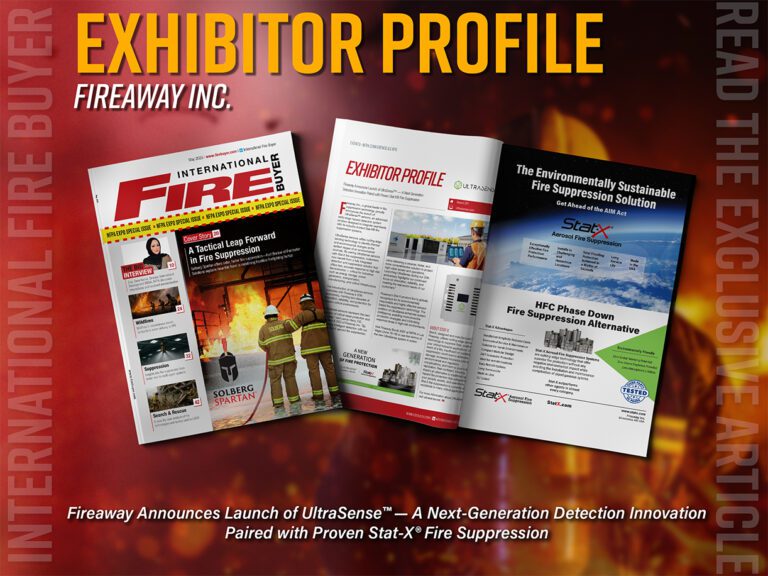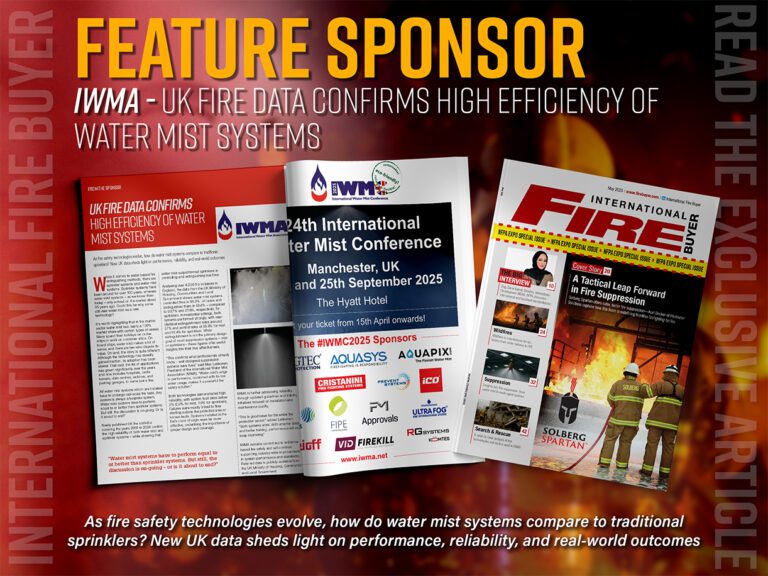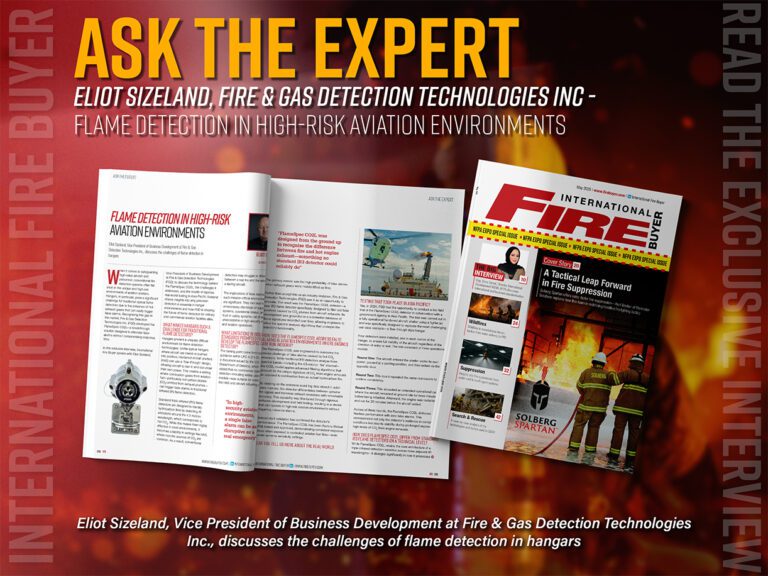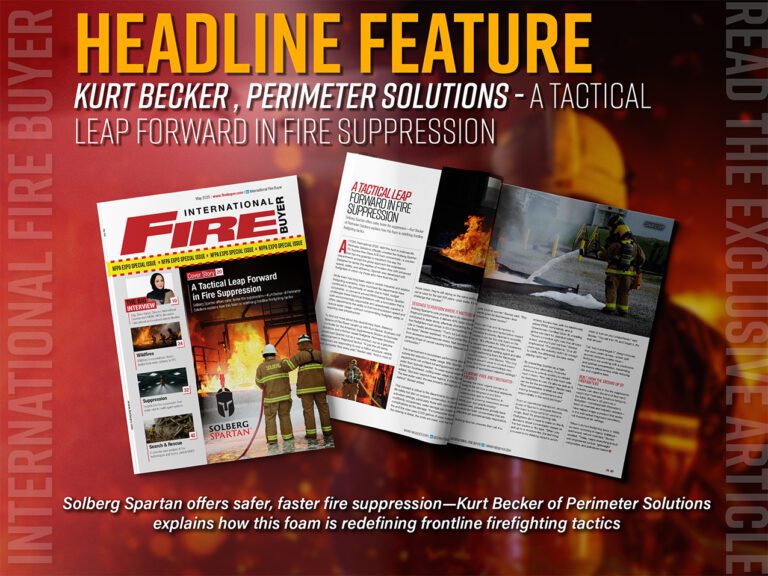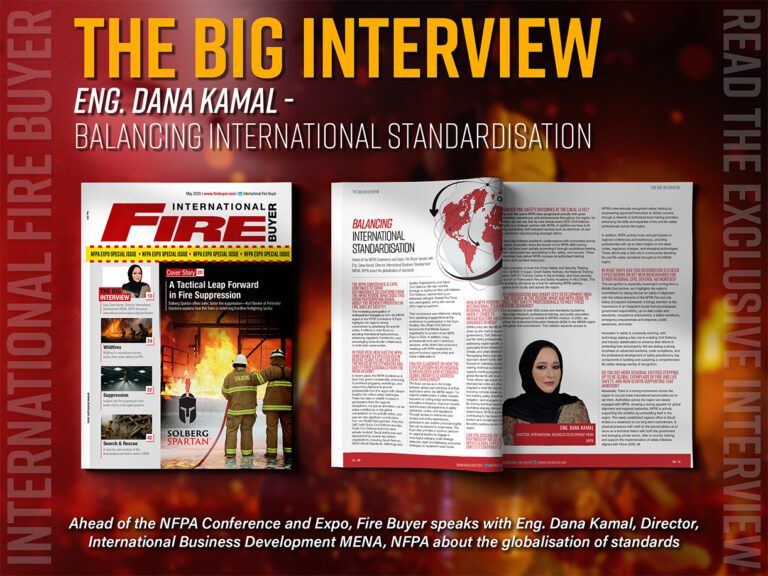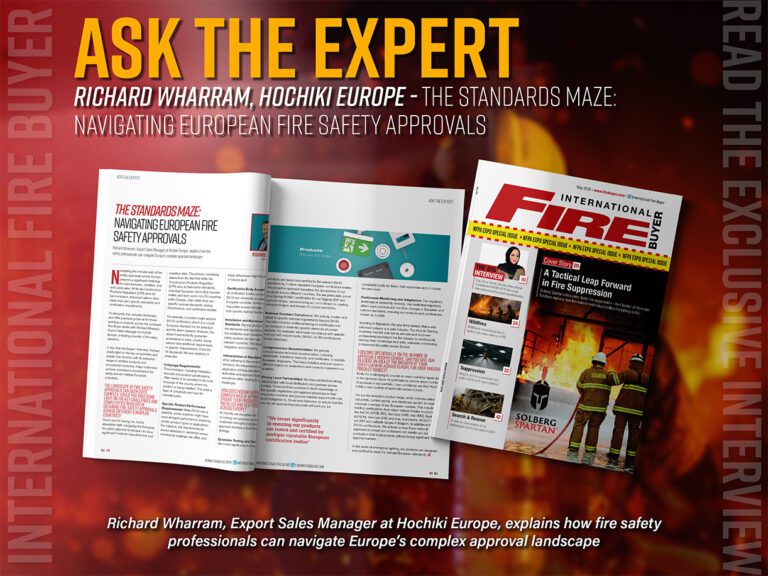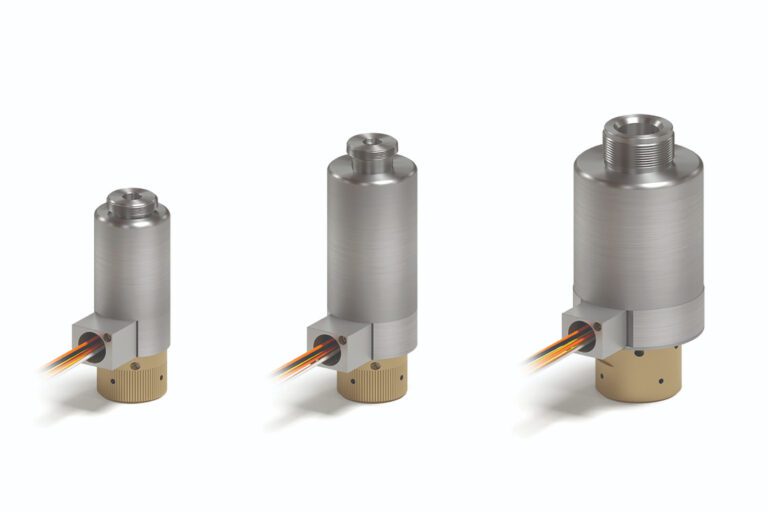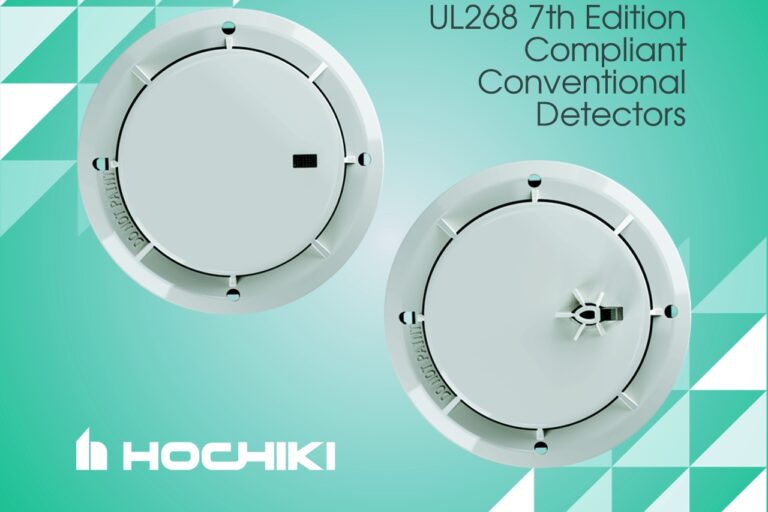The fire safety industry is undergoing a profound transformation, driven by advances in digitisation and automation that are changing how we maintain and manage critical systems. Ben Wolf, Offering Leader for Honeywell in Europe, brings over 11 years of experience in fire safety and is at the forefront of these developments. In this exclusive interview by Rebecca Spayne, Managing Editor of International Fire Buyer, Ben Wolf delves into how Honeywell is addressing industry challenges, from reducing false alarms to enhancing regulatory compliance and championing competency culture.
Thank you for joining me Ben, please could you introduce yourself.
My name is Ben Wolf, I work for an organisation called Honeywell and I’ve worked very heavily in the context of being able to make sure that we can drive towards a more digitised future where we’re looking at actually making things safer, making things more compliant and frankly making things easier for building owners and facilities managers to be able to protect the people within their buildings.
Automation is increasingly seen as the future of fire safety, with remote monitoring playing a critical role. Could you explain how technology may help mitigate false alarms?
Mitigating false alarms is everybody’s responsibility, not just for Honeywell but across the entire industry. Remote monitoring is one of the major ways Honeywell contributes to reducing false alarms. This technology allows us to carry out real-time system diagnostics, so we can detect potential issues before they escalate to a false alarm. It’s about using data to monitor detectors and system functionality, which enables us to identify potential problems early on. Remote monitoring also allows us to carry out continuous checks and manage the system’s status, ensuring that resources aren’t wasted, and that Fire and Rescue Services (FRSs) are only dispatched when absolutely necessary. By optimising the resources of FRSs and eliminating unnecessary callouts, we allow them to focus on genuine emergencies. This also ensures the integrity of fire safety systems, which benefits everyone involved in maintaining safe and compliant buildings.
You mentioned in your Fire Buyer Live Series Presentation, taking place November 26th on our LinkedIn company page, that despite advancements, there’s a long way to go in improving fire safety and regulations, particularly since Grenfell. How do you see competency culture changing, and can fully automated testing systems contribute to this?
That’s a really important point. Since Grenfell, there has been a greater emphasis on competency across all levels in fire safety—whether it’s manufacturers, engineers, or end users. We’re seeing a shift from just carrying out functional tests to more thorough safety and compliance checks. Automation is a big driver of this change. When we automate routine tests, we free up the expertise and competence of our workforce. Rather than being caught up in performing functional tests, they can focus on assessing safety and compliance. This helps us to use their skills more effectively and efficiently, dedicating their efforts to parts of the process where they’re most valuable. It’s all about ensuring that fire safety systems aren’t just functioning but are genuinely contributing to safety and meeting compliance standards. This shift toward a competency culture means that people are increasingly focused on ensuring systems are compliant and safe, not just functional.
To read the full article, see our last issue here.
Never miss a story… Follow us on:
International Fire Buyer
@Firebuyer
Fire Buyer
Media Contact
Rebecca Spayne Managing Editor, International Fire Buyer
Tel: +44 (0) 1622 823 920
Email: [email protected]

